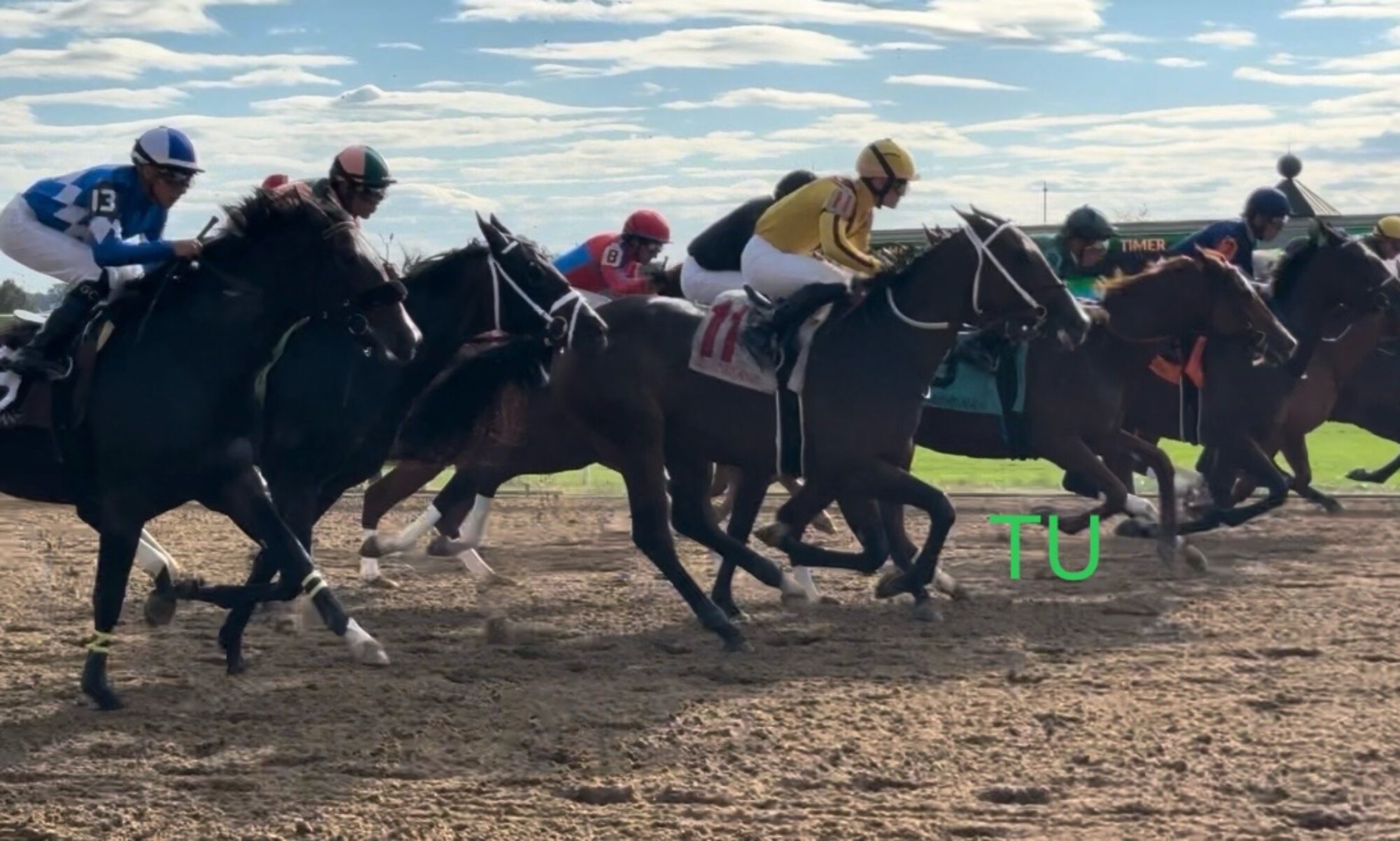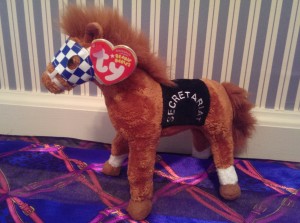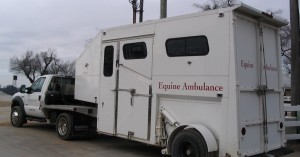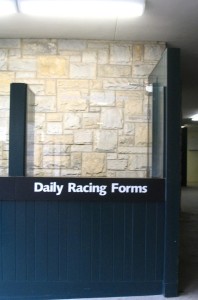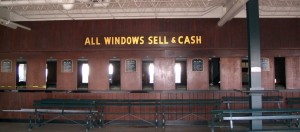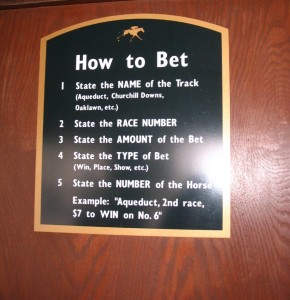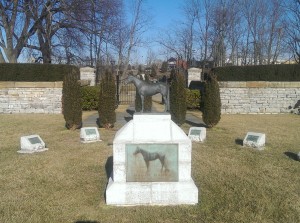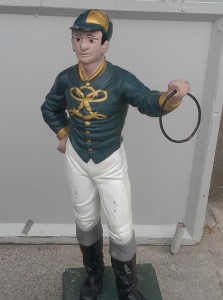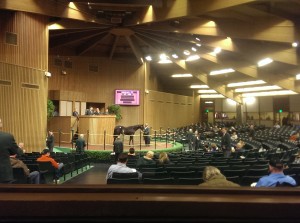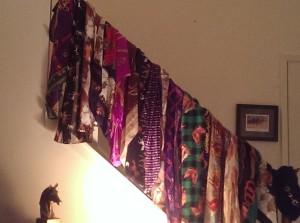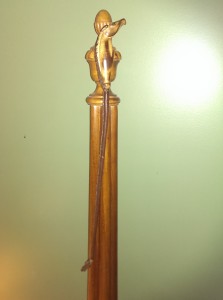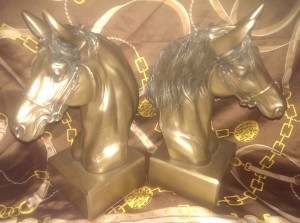Super Bowl 2015 is now just a fading memory. All of those weeks spent cheering on the best teams in professional football came to an end last night. It was the most-watched American television program of all time, with 114.4 million viewers. Thank goodness, our four legged 3 year old athletes are hard at it now, preparing for what we can only hope for, a Triple Crown victory.
Currently, we are 16 races in on determining who will compete in the Kentucky Derby. The Triple Crown is comprised of the Kentucky Derby, The Preakness Stakes, and The Belmont Stakes. The “Test of the Champion” race will take place on June 6, 2015. The last horse to win the Triple Crown was Affirmed in 1978. There were 10 other prior winners, the first horse won in 1919. 22 other horses have won the Kentucky Derby and the Preakness, and 29 horse have won 2 of the 3 races. Secretariat won all 3 races in 1973. He holds the world record for the fastest 1 and 1/2 mile dirt race at 2 minutes and 24 seconds, which he earned while winning the Triple Crown. The highest TV rating for The Belmont Stakes was 21.9 million viewers in 2004.
The Kentucky Derby will be run on May 2, 2015. It is a dirt race of 10 furlongs (1 and 1/4 mile). The “Run for the Roses” began in 1875. The winning horse is blanketed in red roses at Churchill Downs in Louisville, Kentucky. Only 20 horses will qualify to run this race. These horses are three year olds that earned the highest point value in the 35 preceding qualified races. The first of theses races was held September 6, 2014. It was the Iroquois Stakes, a Grade 3, race on dirt and 1 and 1/16 miles. That race originated in 1976 and is run at Churchill Downs in Louisville, KY. LuckyPlayer won the race. He is a colt trained by Steven M. Asmussen, riden by Ricardo Santa Jr. and owned by Jerry Durant. His sire was Lookin at Lucky and his dam was Janetstickettocats by Stormcat. My tip: when all else doesn’t work, pick a horse with cat or kitten in its name or the name of its parents. The 19 races of the prep season end on February 16, 2015. That is the Southwest race atOakland Park in Hot Springs, Arkansas. Then on February 21st the first of the 16 championship series races begin with the Fountain of Youth race at Gulfstream Park in Hallandale Beach, Florida and end with the Lexington race in Lexington, Kentucky on April 18th, at Keeneland. The prep races give a score of 10 to the winner, 4 to the horse placing, 2 to the showing horse, and 1 to fourth place. The championship races score’s range from 100 points down to one point depending on the race.
Horses that earned purse money in the Kentucky Derby or otherwise qualify may run in the Preakness Stakes. This is a Grade 1 race, on dirt at 9.5 furlongs (1 and 3/16 miles). This race, for 3 year olds, is at Pimlico Race Course in Baltimore, Maryland. “The Run for the Black-Eyed Susans” began in 1873. Black-Eyed Susans are the state’s flower. The winning horse’s blanket is made of yellow flowers that are altered to appear as Maryland’s flower. Just 2 weeks after Derby, on May 16, 2015, fourteen horses will compete in this race. Kentucky Derby purse money winners and horses with the highest lifetime earnings in graded stakes will make up the first 7 entries. The next 4 horses have the highest earnings in all non-restricted stakes. The final 5, which included the also-eligibles, have the highest lifetime earnings in all races. If there are too many qualifying horse then determination is made by lot. If a horse is scratched before the deadline the next most eligible horse takes its place.
Thoroughbreds that earned purse money in the Derby or Preakness as well as other qualified horses will compete in the “Run for the Carnations”. The winning horse will receive a blanket made of white carnations. This is the oldest of the three races beginning in June 1867. This race takes place 5 weeks after the Derby on June 6, 2015. 3 year olds will run on the 12 furlong (1 and 1/2 mile) dirt track. 16 horses will start. The first 8 will be chosen from Derby and Preakness purse money earners and the horses with the highest earnings in graded sweepstakes of a mile or longer in length. The next 5 horses will come from those with the highest earnings in all non-restricted sweepstakes. The final 3 horses are those with the highest earnings in all races. Ties will be settled by lot.
It is time to start following the qualifying horses now. 429 horses have already been selected as early nominations for the Triple Crown. Early nominees were due January 17th for a $600 fee. Waiting until March 23rd will cost $6,000. If the horse is not nominated until the Derby, Preakness or Belmont it costs $200,00 or $150,000 or $75,000 respectively. I hope we see a Triple Crown winner in 2015!
